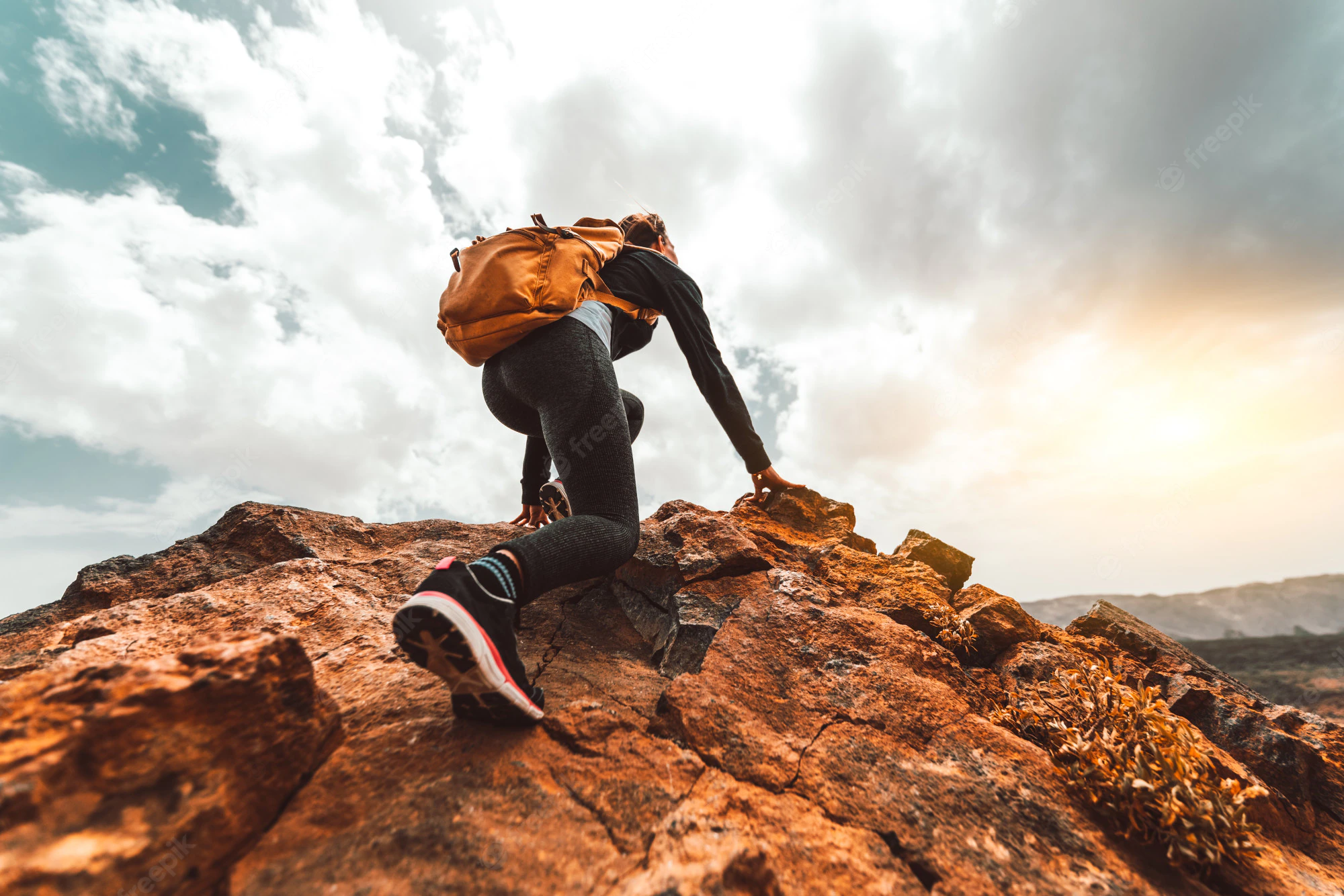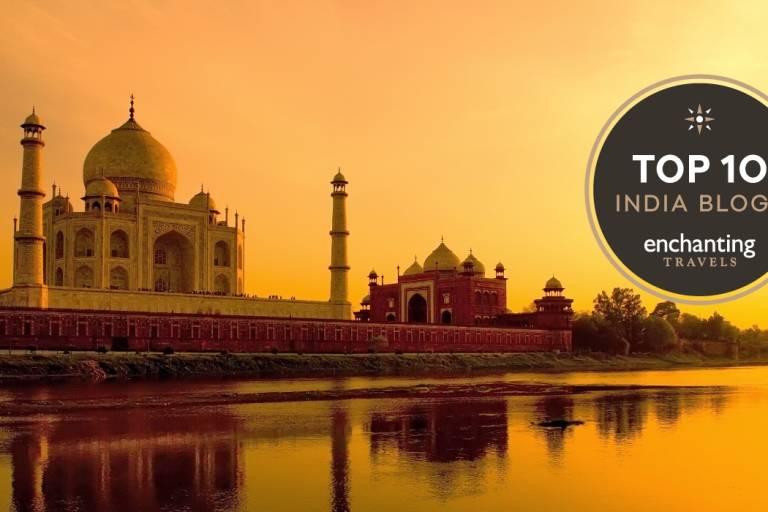
‘It’s the elemental childhood fantasy, isn’t it, to see space in some way,” says photographer Robert Ormerod. “I think I wanted to be an astronaut, and then that enthusiasm got replaced by other things. But there are those people who never lose it, and I’m interested in what they do with that passion. Such a small fraction of the population will ever go to space – how do those people live their dream?”
It’s a question that in recent years has led Ormerod all over the world in pursuit of space enthusiasts, shooting UFO hunters in America and amateur rocket builders at a festival in the highlands of Scotland . His latest expedition took him to Iceland. He wanted to track down the aurora hunters, people who spend their nights chasing the northern lights. Then there was the opportunity to capture the country’s unique topography, its weird and wonderful lunar landscapes.
If you’ve watched a sci-fi blockbuster at the cinema over the last few years, you will have seen a fair bit of Iceland without realising it. From the Vatnajökull glacier to the Krafla volcano , it is the perfect stand-in whenever a vast, otherworldly set is required. The opening scene of Ridley Scott’s Prometheus features the spectacular Dettifoss waterfall. More than one of the planets featured in Interstellar was created from Icelandic locations ; the ice planet, home of Matt Damon’s character, Dr Mann, is part of the huge Svínafellsjökull glacier . Sequences of the water planet, with its huge, terrifying waves, were filmed with a 52-feet spaceship replica in the lowlands at Máfabót; such is the quality of the air that cinematographer Hoyte van Hoytema shot those scenes using only natural light.
Icelandic backdrops crop up in Batman Begins , Star Trek , Tomb Raider – and, of course, in numerous Star Wars films (the black sand beaches of Jyn Erso’s hideaway planet in the early scenes of Rogue One were shot at Mýrdalssandur). When Jon Snow headed north of the Wall in Game Of Thrones , he was, of course, heading to Iceland.
All the celluloid exposure hasn’t done the tourist industry any harm. In 2010, Iceland was very much post-kreppa (crisis), emerging from the financial crash after a group of bankers nicknamed the Viking Raiders sent the country’s banks tumbling. The number of international tourists was then around 4,90,000, but jumped to almost 1.8 million in 2016 . Tourism has now overtaken fishing and aluminium production as the main source of income. Visitors flock to cultural events such as the Reykjavik International Literary festival (Iceland prides itself on being a nation of storytellers, claiming that one in 10 Icelanders is a published author).
But for many, the landscape is the real attraction. Hiring a car to hit the Golden Circle is increasingly popular, a 190-mile round trip of the area surrounding Reykjavik that takes in sights such as the Gullfoss waterfall, the wild Þingvellir national park and Geysir, a huge, spouting hot spring.
Ormerod took the path less travelled, heading out on the larger ring road that circumnavigates the whole country , in search of moonscapes. He wasn’t disappointed. “It’s an incredible place. I could drive for hours without seeing another person, which added to the surrealism. It’s primal, as if the core of the Earth is pouring out.” Some of his most atmospheric shots are from the shores of Lake Mývatn , where the nearby hot springs rival those of the more famous Blue Lagoon. “It’s funny – it’s such a beautiful, tranquil place, but because of the sulphur, everything stinks of egg.”
It wasn’t just the natural geology that suggested an otherworldliness; structures such as the geodesic dome are dotted across the country and used to harness the Earth’s natural steam power. Ormerod’s father, who had planned to join him on the trip, texted his son locations that might be interesting.

He had already arranged to meet Örlygur Hnefill Örlygsson, guesthouse owner and founder of the Exploration Museum in Húsavík. In fact, to describe Örlygur as a guesthouse owner is selling him a bit short: he has also been a journalist, an actor, a director and a politician. “I was born here, but moved away as a teenager,” he says. “I left a small fishing village and returned 10 years later to a town that had become a tourist destination.”
Whale-watching had become big business. “There are now four companies running tours, a whale research centre and a whale museum. People have moved here from all over the world. There’s a really international vibe in the summer.”
Like Ormerod, Örlygur was interested in space exploration as a child, but the passion had faded. “Then a few years ago, I was in a bookshop and found an old newspaper from 1965 with a headline that read: ‘Apollo astronauts training for moon arrive in Iceland today.’ I had no idea that they had been training in my back yard.”
American astronauts made two training expeditions to Iceland – in 1965 and in 1967, when Neil Armstrong visited. “A lot of people think they trained here because the landscape looks a bit like the moon, but that’s not the real reason. It was the rocks,” Örlygur explains. “Iceland has a diverse geology, so it was a good way for them to learn about selecting the best samples to bring back.”
Even so, the lavafields of Askja made an impression on the men. “It was a misty, surreal place, unlike anything I’d ever seen on my travels,” Apollo 14 astronaut Edgar Mitchell later recalled. “And because we were there in the summer, the sun never set.” Armstrong joked that he was tempted to sneak a piece of limestone on to the mission and bring it back to Earth as a moon rock.
Örlygur began to collect Apollo memorabilia, tracking down artefacts on eBay and at antiques markets, allowing him to open the Exploration Museum (dedicated not just to astronauts, but also Viking and polar explorers). He got in touch with a number of the astronauts who had visited in the 60s, six of whom have now visited the museum and toured their old training grounds at Askja.

“I think it is an emotional experience for them,” Örlygur says. “You don’t get to go back to the moon, so perhaps this is the closest thing. And it’s also very emotional for their families to come here and get a sense of what it was like. Neil Armstrong’s two sons and grandchildren have visited, and I think it was very special for them.”
This week, astronaut Charlie Duke paid a visit and broke ground on what Örlygur hopes will be the site of a replica lunar module. He is collaborating with the Smithsonian in Washington, and also hopes to create a science exhibition for Icelandic children. His daughter, Anìta, is just three, but he is aware of the impact his passion for space can have on a younger generation.
“We got the local schools involved, and now I would say we have a lot of young astro-scientists,” he says. He’s not sure the children know just how lucky they are. “It’s funny, in the US I think it’s quite a big deal if an astronaut visits your school. But here the kids are starting to take it for granted, that you get to meet someone who walked on the moon.”
While whale-watching remains the big tourist draw in Húsavík, the wider community has renewed its interest in the great space race of the 60s.
“There are quite a number of residents who are into it,” says Ormerod. “I was very grateful to Örly for introducing me to some of them – including a couple of local aurora hunters.” After a week in Iceland in terrible weather, Ormerod had almost given up on seeing the northern lights, but the brothers picked him up in their huge 4×4, with tyres the size of a person, and drove to a beach just out of town. “I was still fiddling with my head torch when they headed off down this rocky cliff – and then all of a sudden, there were the lights. It was insane. Like an alien invasion. I’m not sure you can ever capture it in a picture.”
[“source-hindustantimes”]














